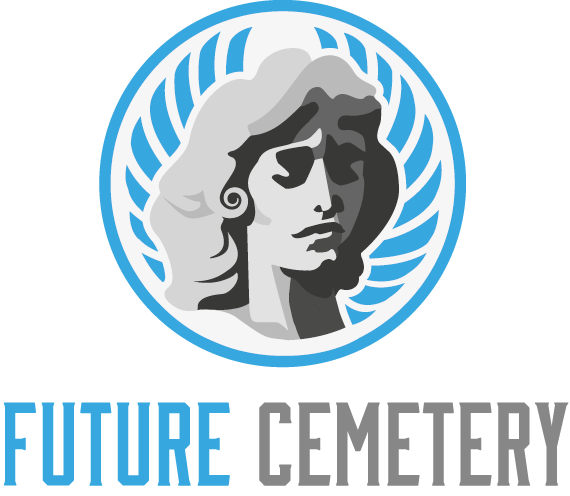Managing and updating existing cemetery infrastructure while developing new inventory are ongoing challenges. A sensitive approach to meeting the primary needs of those who visit a Cemetery is also essential.
Recently, Italian architect Andrea Dragoni extended a cemetery in Gubbio with rows of monumental travertine walls that echo the linear arrangement of the ancient town at its base. This work demonstrates how cemetery design can serve as a poetic reflection of our mortality.
Master Plan
A master plan allows the cemetery to map out short and long term needs, create a schedule for implementing various projects over time and provides an overall design for the cemetery. A well developed and executed master plan will optimize land utilization, improve aesthetics and increase marketability of the cemetery.
Taking advantage of existing natural features of a site is always important. Many cemeteries have a beautiful water feature or wooded hillside that can be highlighted and used to distinguish the cemetery from others. Adding a gateway entrance is another way to create a sense of transition and arrival at the cemetery. This can be done through architecture, plantings or design vernacular. Addressing the increasing inclination toward cremation by providing in ground columbaria and mausoleum spaces as well as a serene landscape setting is another opportunity. It is important to balance these new burial options with the traditional casketed burial areas. It is also essential to establish a plan for preserving older grave sites to preserve their historic value.
Signage
Cemeteries use a wide range of signage, from directional signs to maps to inform and direct visitors. These signs are important because they allow the visitor to know what they are in for and where to go within the cemetery.
Cemetery signs remind us of death’s inevitability and the necessity for virtue. These reminders are often carved on headstones, inscribed with representations of Death’s head or Father Time extinguishing the candle of life, and written with verbal warnings like “Fugit hora” and “Memento mori” (remember that you must die).
In addition to these signs, Lyon works with communities to find creative ways to make space for burials, monuments, trees, and roads in their existing cemeteries. These thoughtful arrangements lead to a more meaningful and sustainable cemetery landscape for the community, which is also a place for living families to visit and remember their deceased loved ones. Thick aluminum metal cemetery signs are durable and easily spotted from a distance. They can be laminated to protect them from scuffs and scratches.
Grading & Drainage
A proper drainage system in a Cemetery prevents water from pooling on the property and ensures that it is directed away from gravesites and buildings. It should be designed by a professional to minimize the risk of flooding, erosion and other costly maintenance issues.
Sustainable design features, such as transitioning roads from asphalt to permeable materials and planting more native grasses that require less mowing, save on maintenance expenses. And using organic fertilizers and mulches reduces the chemical runoff that damages headstones.
WC Fry Design offers a full range of cemetery design services to reimagine your cemetery, increase burial options and reduce costs. We believe in the value of community involvement and co-creative approaches to design. Getting community members involved early in the process fosters connection and a sense of ownership of your cemetery as a shared space. It also makes for a more persuasive presentation to city planning commissions and other key stakeholders. The result is a cemetery that is both functional and a beautiful place to remember loved ones for generations to come.
Landscaping
A cemetery is a unique place that deserves a thoughtful and responsive landscape design. Too often the development of new or existing cemetery sites obliterates an existing setting and creates a monotonous, generic cemetery that looks like every other one along every highway in America.
Good cemetery design provides a beautiful backdrop to life, family and history and invites connection with communities. It also adds value, and burial plots located near scenic areas or memorial park features command premiums.
Specimen trees, shrubs and ground covers provide character, beauty and interest in the cemetery, while providing shade and comfort to visitors. Periodic pruning and integrated pest management reduce hazards from dead branches, and proper aeration of the soil retards compaction and biological growth that kills turf and damages gravestones. Streams, ponds and water features provide tranquility and attract wildlife. The selection of flowering plants demonstrates care and respect, as well as honors the deceased through the symbolic language of flowers.
